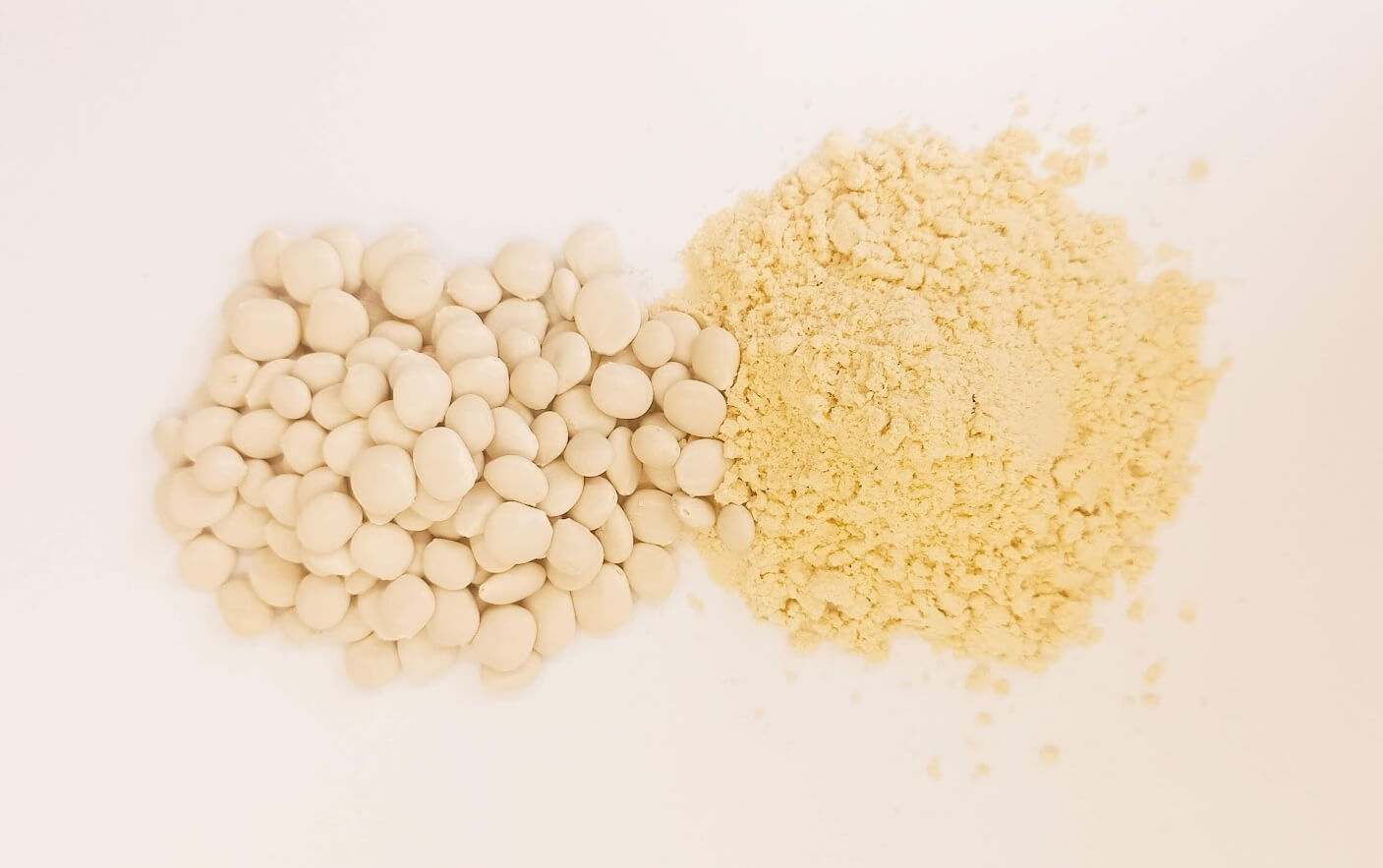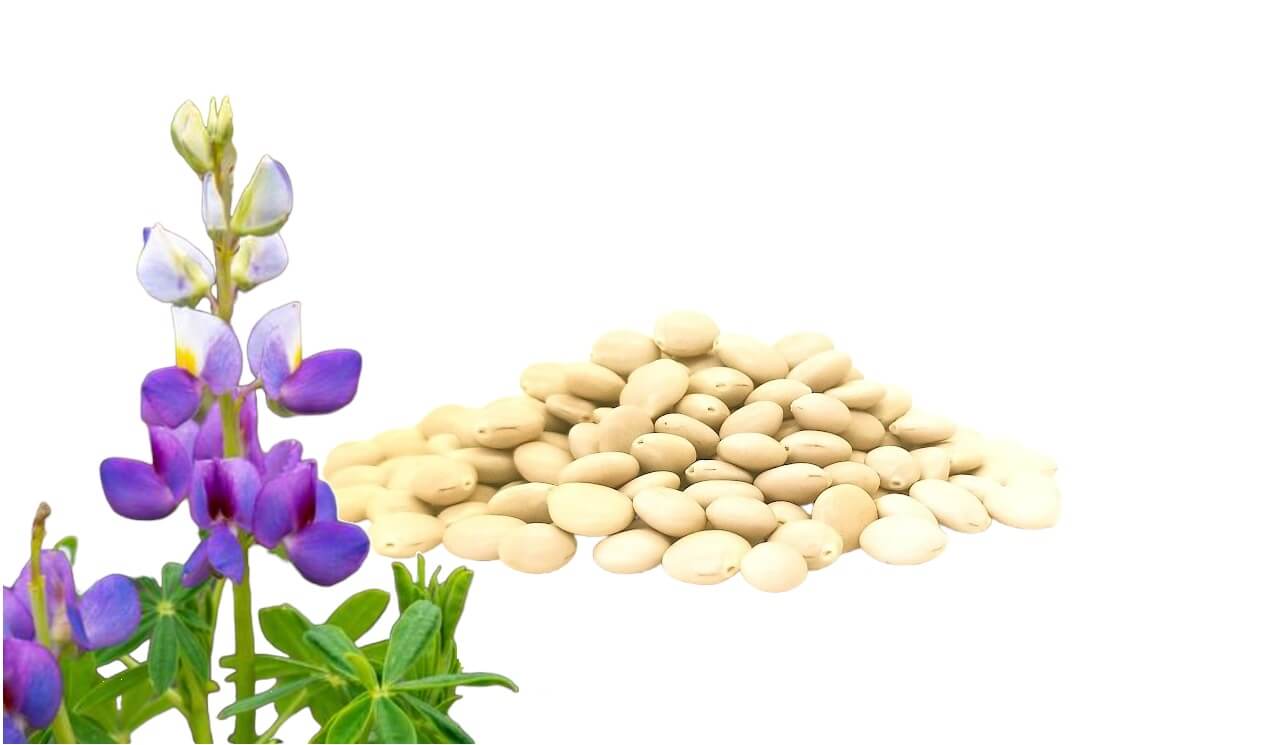Benefits Of Tarwi
History, Benefits and Usage
Tarwi is one of the most nutritious legumes available. They approximately contain 49% of an excellent quality of proteins and up to 23% of fatty acids. The quality of its vegetable proteins means that they can be considered as substitutes for those of animal origin. So it is ideal if you have a vegan or vegetarian diet. And it’s also suitable for coeliacs! Did you know that this bean-shaped food also helps control blood sugar and prevent metabolic diseases? That’s right. Discover below all the benefits and ways to consume this bean also known as the “Andean chocho”.
Tarwi is a species of great importance for the food and nutritional security of the Andean population. In the Andean areas of Peru, the indigenous populations have been using the Tarwi as food and sustenance for their generations since ancient times. It has been cultivated in the Andean area since pre-Inca times and reached its maximum splendor and improvement in Inca times. It is estimated that pre-Inca farmers domesticated Tarwi more than 1500 years ago, according to findings in ceramics and textiles found in tombs of the Nazca culture (100-500 BC) and the Tiahuanaco culture (500-1000 AD) in the Peruvian Altiplano and other high Andean regions.

Its nutritional value goes beyond a large amount of protein. Tarwi has fiber, omega 3 and 6, is rich in B vitamins and minerals such as calcium, magnesium and zinc. It also has a considerable content of alkaloids, which we will talk about later. On the other hand, according to a team of researchers from the Biomedical Research Center of the Equinoctial Technological University of Ecuador, the consumption of Tarwi helps control glucose levels in the body, especially in patients suffering from diabetes. They also found a decrease in high blood pressure and weight loss in people suffering from obesity.
What you need to know about its alkaloids
The alkaloids of Tarwi seeds are between 2.5 and 4.0% and are part of a chemical defense system of this plant against viruses, bacteria, fungi, insects, and even other competing plants.
These compounds are responsible for its bitter taste and can generate a certain degree of toxicity characterized by blurred vision, headache, weakness and nausea. For these reasons, in order for Tarwi grains to be fit for human consumption, it is necessary to eliminate the alkaloids. Although you should know that this intoxication is very rare in humans and is usually due to accidental ingestion of unripe seeds or those that have not gone through the process called de-bittering.

Elimination of alkaloids from Tarwi
To eliminate or reduce the alkaloid content of the seeds without significantly altering their nutritional content, hydrate or soak the Tarwi for up to 24 hours. Then boil the grains for 45 minutes and once cooked, soak them again.
But… so you don’t have to worry, thanks to the versatility of Tarwi seeds, there are currently a large number of products on the market with this grain already safely processed and ready to eat. You will find Tarwi milk and Tarwi Powder.
Uses of Tarwi Powder
Tarwi powder is being increasingly introduced in the food industry. It is used as a partial substitute (between 10% and 15%) for wheat powder in baking, taking care not to exceed this percentage because characteristics such as texture, aroma, softness, crust color and flavor are diminished. In addition, its yellow color makes the use of egg unnecessary up to a certain point. As you already know, Tarwi has all the necessary protein.
Pasta: if you want to make pasta, you can replace up to 20% of wheat flour in the recipe of your choice and you will have good results.
Cookies: if you replace 80% of wheat flour with tarwi flour, the cookies will have a high energetic and nutritional value. Besides, they will be very well accepted by children and adults.
Premixes: another great option will be instant cream or soups based on a Tarwi mix.
Cakes: this is an enriched alternative to the cakes that are currently commercialized. Add it to your favorite recipe and the result will have a good color, smell, texture and flavor.
Sausages: Tarwi flour has a pleasant almond flavor and, as a raw material in the production of sausages, could influence their acceptability. Tarwi proteins have emulsifying properties that stabilize the structure resistance of products such as ham, sausages and salami.
Tarwi flour could also be used in the preparation of purees, mazamorras, torrejas, humitas, pates and cakes. It could also be used in the preparation of dough for pizzas or hamburgers. Here is a delicious recipe for you to make delicious vegan Tarwi cookies:
Ingredientes:
1 cup Tarwi powder/flour
1 cup oat or wheat flour
½ cup panela
100 ml coconut oil
¼ cup water
baking powder (optional)
1/3 cup cocoa powder
Preparation:
Mix all the ingredients and assemble the cookies with a cutter or you can also form them and crush them manually if you prefer. When they have the shape you want, place them on a tray and bake them in a preheated oven at 180°C (350°F) for 15 to 20 minutes. Once that time has elapsed, wait for them to cool and enjoy!
Reference link:
https://fondoeditorial.unmsm.edu.pe/index.php/fondoeditorial/catalog/download/216/199/900-1?inline=1
http://tarwicorp.com/galletas-veganas-de-tarwi/
http://repositorio.inia.gob.pe/bitstream/20.500.12955/48/1/HD-2-2014-Tarwi.pdf



